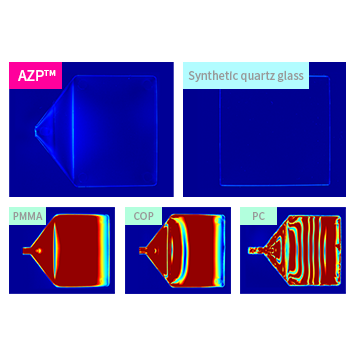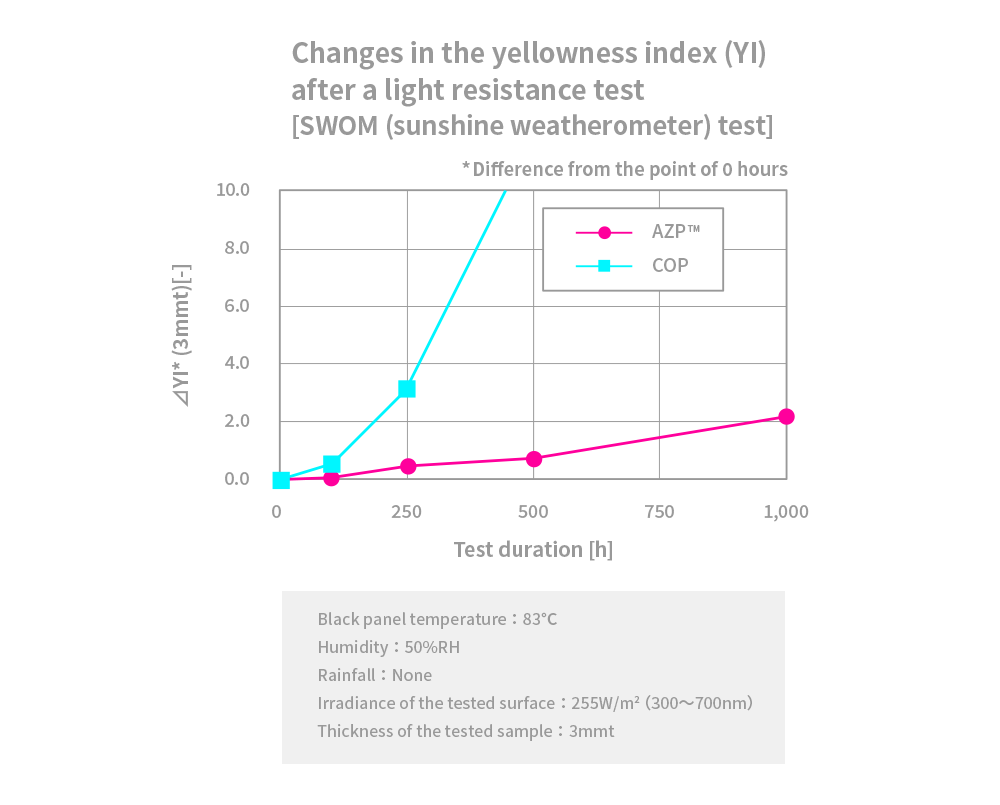
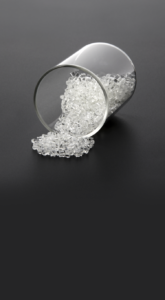
Optical resin
AZP™️
Marketing Areas
- ALL
Achieving nearly zero birefringence
AZP™️ is a novel transparent resin with excellent optical properties, of which birefringence is controlled from the molecular level by our advanced molecular design technology and our own polymerization technology.
QDoes the material need any special molding technique?
QDoes controlling its birefringence require post-processing (such as annealing)?
QWhat impact does environmental testing have on the material?
QCan the material be optically bonded?
While offering excellent low birefringence, heat and light resistance, and high hardness, we will contribute to the evolution of next-generation in-vehicle optical products by taking advantage of the processability and lightness inherent to resin.
While offering excellent low birefringence, heat and light resistance, and high hardness, we will contribute to the evolution of next-generation in-vehicle optical products by taking advantage of the processability and lightness inherent to resin.
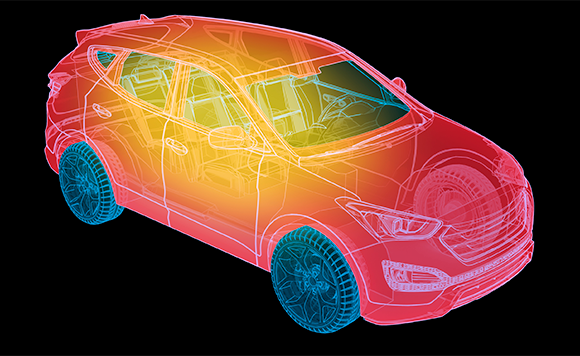
Excellent low birefringence without any special processing
AZP™️ has realized almost zero birefringence, including "in-plane retardation (Re)" and "thickness direction retardation (Rth)" caused by molding process and "photoelastic coefficient (C)" which indicates the influence of birefringence (photoelasticity) caused by stress. Birefringence may cause problems such as degradation of contrast in liquid crystal or polarized optical devices, but the use of AZP™️ has a great potential to solve these problems.
Heat Resistance and Light Resistance
"Automotive optical components may require high heat resistance to withstand harsh temperature environments.
The glass transition temperature (Tg) of AZP™️ is 130 to 135 °C, which offers excellent shape stability in a high temperature environment, so you can consider using it in an automotive indoor environment. AZP™️ has excellent light resistance, so it can be expected to keep good appearance even after long-term exposure to sunlight or ultraviolet light."
High hardness
The surface hardness of AZP™️ is about 3H , which is superior to cyclic olefin polymer (COP) and polycarbonate (PC) in scratch resistance.
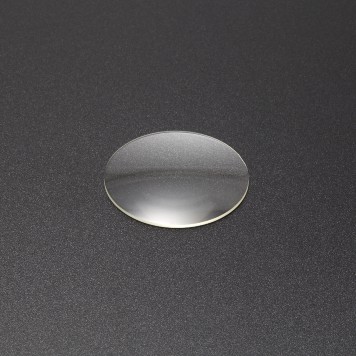
Display cover lenses
In recent years, the digitalization of vehicle interiors has been accelerated, and the need for larger displays (integrated displays for navigation, measuring instruments, air conditioning operations, etc.) and curved surfaces (designs that match the interior of vehicles) is increasing. At the same time, high processability will be required for the display cover lenses. However, glass cover lenses are limited in processability, and conventional resin cover lenses have problems with visibility through polarized sunglasses due to their birefringence. AZP™️ allows free-form design through injection molding, and it also maintains clear visibility through polarized sunglasses due to its excellent low birefringence, making it possible to design displays with unprecedented unique shapes.
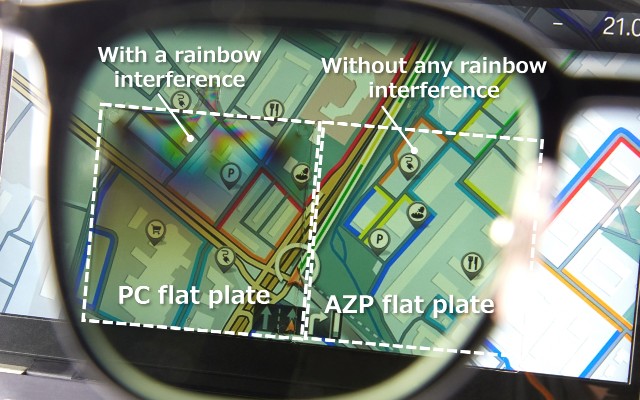

HUD optical components (light guide plates, lenses, polarizing beam splitters, etc.)

Head Up Displays (HUDs) are increasingly being installed for vehicles in recent years. The number of HUD utilizing polarized light, such as lasers, is increasing due to the need for smaller devices and higher brightness. However, birefringence in optical components such as lenses can disturb polarized light, leading to loss of light and degrade visibility. The excellent low birefringence of AZP™️ allows to maintain the light intensity without disrupting polarized light, and it enables clear images. It is also possible to design optical components with high flexibility by injection molding. In addition, since it is also excellent in light resistance, it can avoid yellowing even after long-term use.
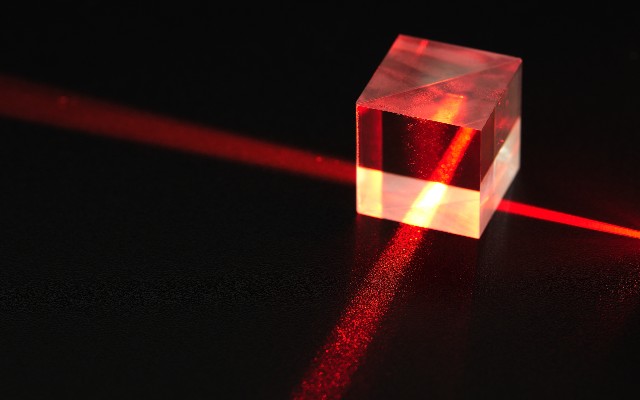
Proposed applications to optical components
・We also propose applications of AZP™ to onboard camera front lenses and LiDAR lenses.・This material has attracted attention not only for its automotive applications, but also for its applications to optical components of AR and VR devices, which have recently been undergoing remarkable development.
 Mobility-related information website
Mobility-related information website
